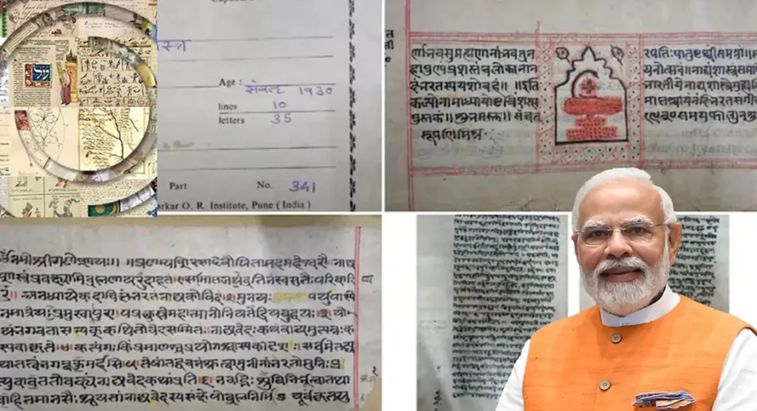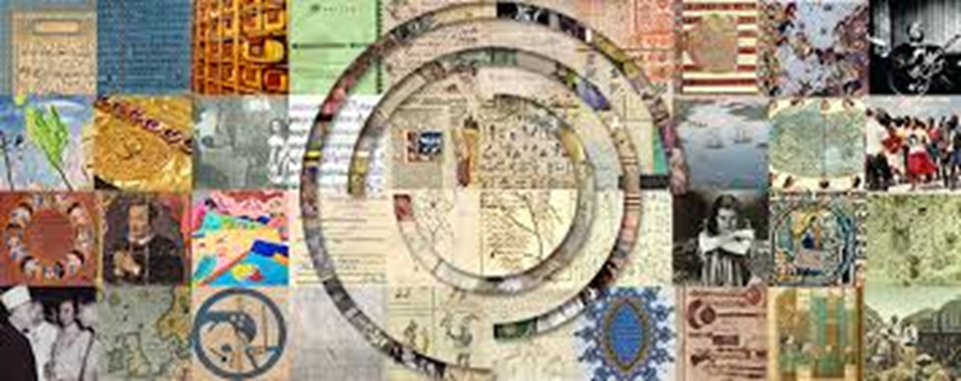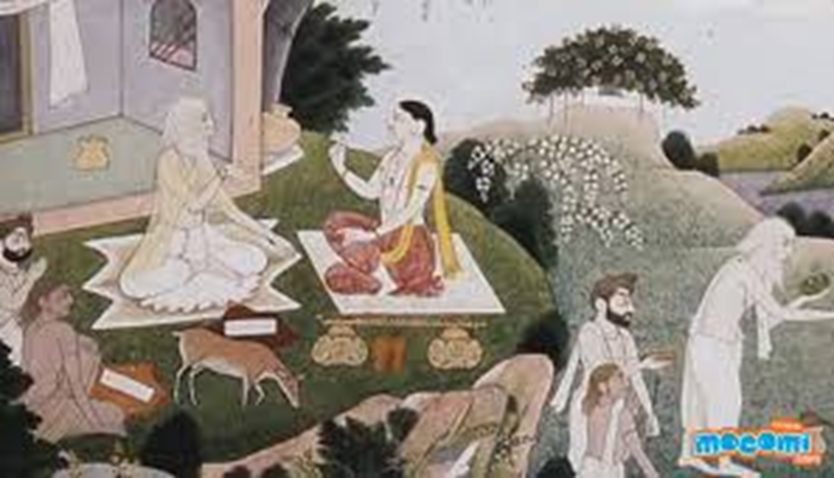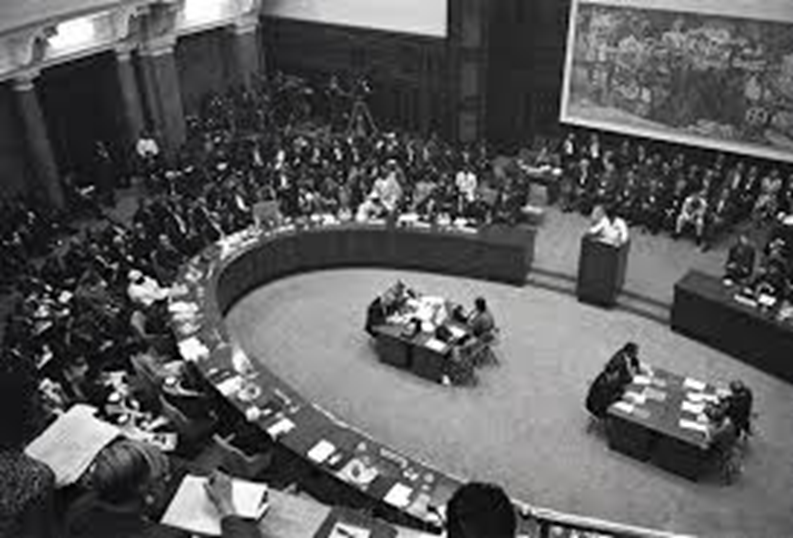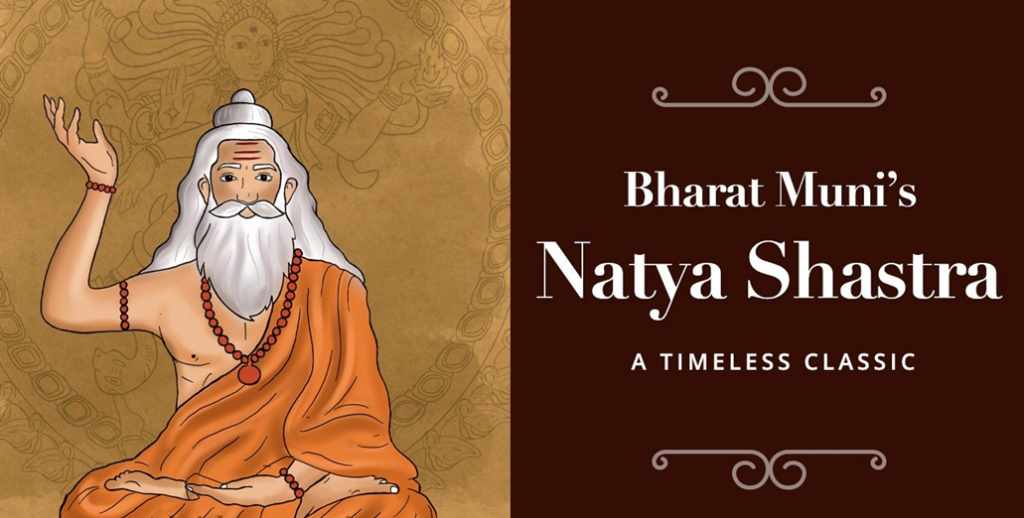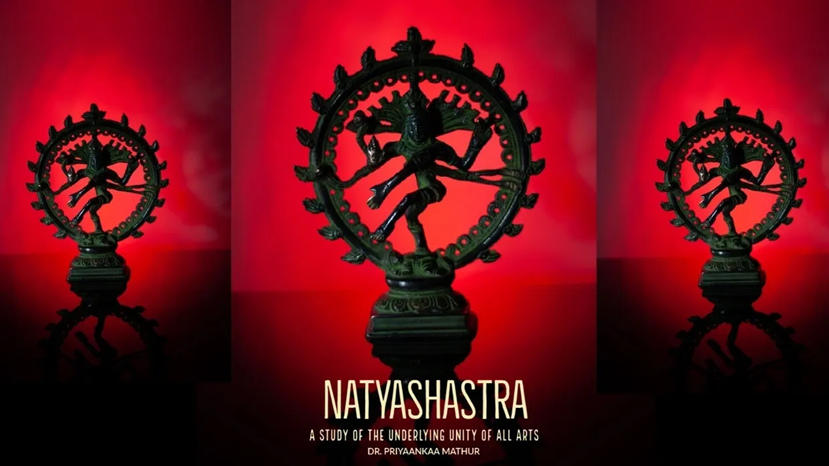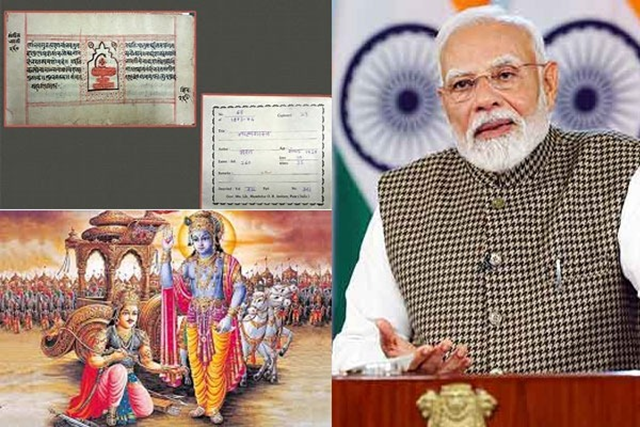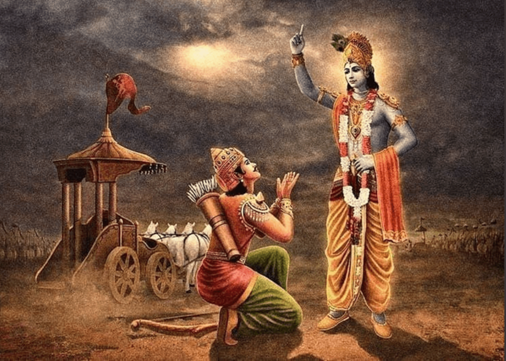Manuscripts of the Bhagavad Gita and Bharata’s Natyashastra are among the 74 new additions to UNESCO’s Memory of the World Register this year. Hailing their inclusion as “a proud moment for every Indian across the world”, Prime Minister Narendra Modi wrote on X: “Gita and Natyashastra have nurtured civilisation, and consciousness for centuries. Their insights continue to inspire the world.”
Bhagavad Gita & Natyashastra added To UNESCO’s Memory of the World Register
Why In News
- Manuscripts of the Bhagavad Gita and Bharata’s Natyashastra are among the 74 new additions to UNESCO’s Memory of the World Register this year. Hailing their inclusion as “a proud moment for every Indian across the world”, Prime Minister Narendra Modi wrote on X: “Gita and Natyashastra have nurtured civilisation, and consciousness for centuries. Their insights continue to inspire the world.”
Compendium Of World’s Documentary Heritage
- United Nations Educational, Scientific and Cultural Organization, better known as UNESCO, launched the Memory of the World (MoW) Programme in 1992 with the aim of “guarding against the collective amnesia, calling upon the preservation of the valuable archive holdings and library collections all over the world, and ensuring their wide dissemination”.
- The programme website states: “…the world’s documentary heritage belongs to all, [it] should be fully preserved and protected for all and, with due recognition of cultural mores and practicalities, should be permanently accessible to all without hindrance.”
- The central project of the MoW Programme was to create a compendium of documents — manuscripts, oral traditions, audio-visual materials, and library and archive holdings — which are of “world significance and outstanding universal value”. This is the MoW Register.
- Beginning in 1997, the Register has been biennally updated — with the exception of a lengthy gap between 2017 and 2023 — with between nine (in 1999) and 78 (in 2017) additions. In any year, at most two submissions from a country are added.
- With the latest additions, the Register now contains 570 entries. These include:
- Books or collections of works (eg. Mahavamsa, the meticulously kept historical chronicle of Sri Lanka)
- Drawings (eg. Meiji-era collection of Sakubei Yamamoto of Japan);
- Manuscripts (eg. collection of more than 11,000 Shaiva Siddhanta manuscripts);
- Audio recordings (eg. 430 hours of recordings of the Frankfurt Auschwitz trials, 1963-65); and
- Video recordings (eg. Bangabandhu Sheikh Mujibur Rahman’s historic March 7, 1971 speech).
Indian Submissions: Rig Veda To NAM Archives
- Register contains 13 submissions by India, including two joint-submissions. These range from the Rig Veda (added in 2005) and the collective works of the Shaivite philosopher Abhinavagupta (added in 2023), to the archives of the first summit meeting of the Non Aligned Movement in Belgrade in 1961 (added in 2023) and the archives of the Dutch East India Company (added in 2003).
- The latter two entries were joint submissions, which India made with Algeria, Egypt, India, Indonesia and Serbia, and Indonesia, Netherlands, South Africa and Sri Lanka, respectively. This year’s entries champion India’s ancient literary heritage. Both are specific manuscripts — not the text in general — preserved by the Bhandarkar Oriental Research Institute, Pune.
NATYASHASTRA
- Traditionally attributed to the sage Bharata, Natyashastra is an ancient Sanskrit treatise on performing arts. Comprising 36,000 verses, the “Naṭyashastra embodies a comprehensive set of rules that define natya (drama), abhinaya (performance), rasa (aesthetic experience), bhava (emotion), sangita (music),” the UNESCO citation says.
- Estimates for its date of compilation range from 500 BCE to 500 CE (Wallace Dace, ‘The Concept of “Rasa” in Sanskrit Dramatic Theory’, Educational Theatre Journal, 1963). According to the citation in the Register, it was “codified around the 2nd century BCE”.
- Natyashastra is most notable for its exposition of the concept of rasa, literally “juice/essence”, which Bharata says is the goal of any performance art. “Bharatamuni makes a groundbreaking statement in Natyashastra, asserting that ‘no meaning can blossom forth without rasa’, a profound contribution to world literature,” the UNESCO citation says.
- Explaining the concept in detail is beyond the remit of this article, but Dace’s analysis provides a good entry point. He wrote: “…as the actor imitates the emotion, so the audience tastes the emotion as it watches his performance. The difference between tasting the emotion and experiencing it in real life is summarised by the word Rasa”.
- Put simply, even though art imitates reality, the experience of art is fundamentally different than the experience of reality. And it is the primary goal of art to transpose the audience into what some scholars have characterised as a “parallel reality”, where they not only experience their own consciousness, but also reflect on larger spiritual and moral questions. (Susan L Schwartz, Performing the Divine in India, 2004).
Bhagavad Gita
- Traditionally attributed to the sage Vyasa, Bhagavad Gita is a Sanskrit scripture comprising 700 verses that are organised in 18 chapters, embedded in the sixth book (Bhishma Parva) of the epic poem Mahabharata.
- “Bhagavad Gita is a central text in the continuous, cumulative ancient intellectual Indian tradition, synthesising various thought movements such as, Vedic, Buddhist, Jain, and Charvaka,” the UNESCO citation says.
- The text is generally dated to the first or second century BCE, although there is considerable debate on the matter. According to Winthrop Sargeant, who produced one of the most well-regarded English translations of the Gita, the oral composition was likely written down for the first time in the second or third centuries CE. (Sargeant, Bhagavad Gita, 1979).
- The Gita is essentially a dialogue between Arjuna and Krishna, which takes place just before the beginning of the great war of Mahabharata. On the brink of war against members of his own family, Arjuna is suddenly overwhelmed with the prospect of what he is about to do. He expresses his misgivings to Krishna, his charioteer and guide, also an avatar of Lord Vishnu.
- Krishna’s responses make the central themes of the Gita, and provide spiritual and ethical basis for leading one’s life. “Due to its philosophical breadth and depth, the Bhagavad Gita has been read for centuries across the globe and translated into many languages,” the UNESCO citation read.
